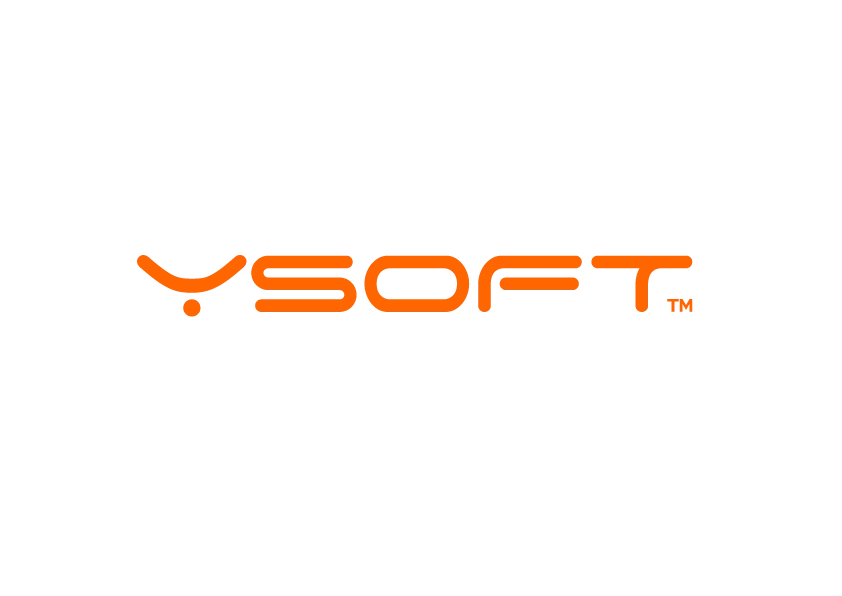
Partner Article
Automated document workflows are key for increased productivity
The UK’s flailing productivity is a topic that has been much reported on since it began to steadily decline following the financial crisis in 2008/2009: In 2007, British productivity was 9% below the OECD average and by 2015, the gap had widened to 18%. Productivity is crucial to growth, not only for the economy, but for individual businesses too, so it’s vital that optimum productivity is gained. Y Soft Corporation says that one way to achieve this heightened productivity is through automated scan workflow processes.
Nick Parkes, Regional Sales Manager at Y Soft says, “Managing content is a time consuming and complex task and often overlooked as an area where substantial productivity gains can occur. But automating processes through software applications can reduce frustrating steps to improve the user experience, eliminate human error and ultimately, improve productivity.”
Gartner analyst Lai-ling Lam says, “the importance of managed content services (MCS) continues to grow, as more organisations struggle with managing their content in all its forms. Gartner predicts that up to 40% of MPS contracts will have a significant MCS element by 2020. More customers will seek solutions that are capable of handling not just their printing needs, but also all of their information and communication needs.”
A time consuming element when scanning a document to email is the number of menus the user has to navigate and decisions the user has to make about how the scan will be made. For example, will it be a color scan or black and white? Will it be a jpg or a PDF? Does the resolution of the scan need to be the highest possible or can it be lower? And what name format should it be given? Then, after making the scan, the user then has a number of delivery steps to complete; usually such as returning to their desk to find the email containing the scan, opening it to ensure it came out correctly and possibly rescanning it if it is blurred or tilted. Then they have to rename and save it in the appropriate place and finally, let someone else know where it is.
Parkes says: “all of these steps take time and errors in any step or forgetting a step can be costly for the company and definitely frustrating for the user.
The YSoft SafeQ platform offers organizations the ability to create workflows for individuals or groups of individuals. Each workflow can be created for a process (such as invoices, order forms) where the scan parameters and delivery destination are different. The workflows are preset so the user does not have to make decisions on how to scan and the digital scan is automatically delivered to a predefined destination, such as a network folder, cloud based repository or industry specific application. Additionally, the digital file contains a text layer so that it can be found easily using keyword search and is fully editable.
Parkes concludes, “By automating scans workflows through YSoft SafeQ and managing the end-to-end process at the multi-function device, the activity is simplified, sped up and therefore possible human error is significantly reduced and accuracy is improved. Especially for large, highly regulated companies, the automation of scanning delivers substantial productivity gains and it’s an area organisations of all sizes should be looking to.”
Y Soft offers print management solutions for both 2D and 3D printers through its YSoft SafeQ workflow solutions platform. YSoft SafeQ solutions encompass a wide variety of capabilities, including integrated print management and advanced document capture, all of which make print and scan workflow processes more efficient, secure and cost-effective. YSoft SafeQ can be applied at organisations of all sizes, with tailored solutions available to suit the needs of any enterprise.
This was posted in Bdaily's Members' News section by Contributor .
Enjoy the read? Get Bdaily delivered.
Sign up to receive our popular morning National email for free.








 A game-changing move for digital-first innovators
A game-changing move for digital-first innovators
 Confidence the missing ingredient for growth
Confidence the missing ingredient for growth
 Global event supercharges North East screen sector
Global event supercharges North East screen sector
 Is construction critical to Government growth plan?
Is construction critical to Government growth plan?
 Manufacturing needs context, not more software
Manufacturing needs context, not more software
 Harnessing AI and delivering social value
Harnessing AI and delivering social value
 Unlocking the North East’s collective potential
Unlocking the North East’s collective potential
 How specialist support can help your scale-up journey
How specialist support can help your scale-up journey
 The changing shape of the rental landscape
The changing shape of the rental landscape
 Developing local talent for a thriving Teesside
Developing local talent for a thriving Teesside
 Engineering a future-ready talent pipeline
Engineering a future-ready talent pipeline
 AI matters, but people matter more
AI matters, but people matter more